Emergence of 5G Technology
The emergence of 5G technology is poised to impact the Dynamic Random Access Memory Market significantly. With the rollout of 5G networks, there is an increasing need for devices that can handle higher data speeds and lower latency. This technological advancement is likely to drive demand for DRAM in various applications, including smartphones, IoT devices, and autonomous vehicles. As 5G technology continues to evolve, manufacturers may need to enhance their DRAM products to ensure compatibility and performance, thereby fostering growth in the Dynamic Random Access Memory Market.
Expansion of Consumer Electronics
The expansion of consumer electronics is a notable driver for the Dynamic Random Access Memory Market. With the proliferation of smart devices, including smartphones, tablets, and smart TVs, the demand for DRAM is expected to rise. In 2025, the consumer electronics market is anticipated to exceed 1 trillion USD, indicating a robust growth trajectory. This growth is likely to necessitate advanced memory solutions that can support high-speed processing and multitasking capabilities. Consequently, manufacturers in the Dynamic Random Access Memory Market may focus on developing DRAM products that cater to the evolving needs of consumers, thus enhancing their market position.
Growth in Cloud Computing Services
The growth in cloud computing services is significantly influencing the Dynamic Random Access Memory Market. As businesses increasingly migrate to cloud-based solutions, the demand for efficient and scalable memory solutions is likely to escalate. In 2025, the cloud computing market is projected to surpass 800 billion USD, which could lead to heightened demand for DRAM in data centers and cloud infrastructure. This trend indicates that memory manufacturers may need to adapt their offerings to support the specific requirements of cloud services, thereby driving innovation within the Dynamic Random Access Memory Market.
Rising Demand for Gaming Applications
The rising demand for gaming applications is a crucial driver for the Dynamic Random Access Memory Market. The gaming sector has witnessed exponential growth, with revenues projected to reach over 200 billion USD in 2025. This growth is likely to increase the need for high-performance memory solutions that can support advanced graphics and real-time processing. As gamers seek immersive experiences, the demand for DRAM with higher bandwidth and lower latency is expected to rise. Consequently, manufacturers in the Dynamic Random Access Memory Market may focus on developing specialized DRAM products tailored to the gaming community, thus enhancing their competitive edge.
Increasing Adoption of Artificial Intelligence
The increasing adoption of artificial intelligence technologies is driving the Dynamic Random Access Memory Market. AI applications require substantial memory resources to process vast amounts of data efficiently. As organizations integrate AI into their operations, the demand for high-performance memory solutions, such as DRAM, is likely to surge. In 2025, the AI market is projected to reach a valuation of over 500 billion USD, which could significantly impact the DRAM sector. This trend suggests that manufacturers may need to innovate and enhance their DRAM offerings to meet the specific requirements of AI workloads, thereby fostering growth in the Dynamic Random Access Memory Market.



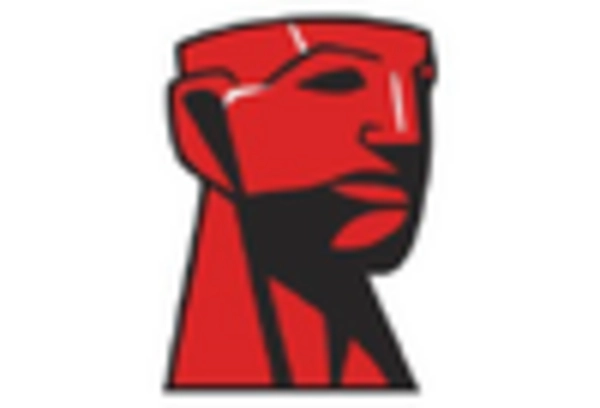
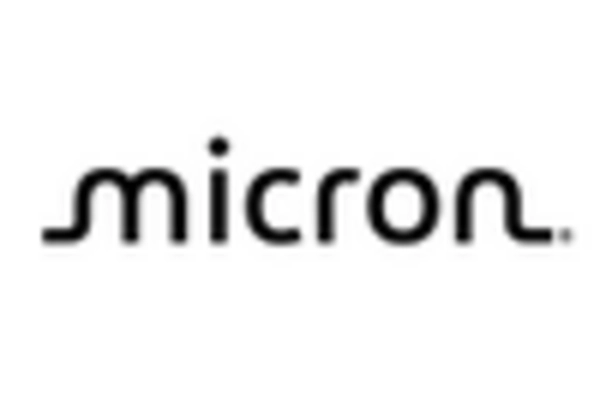
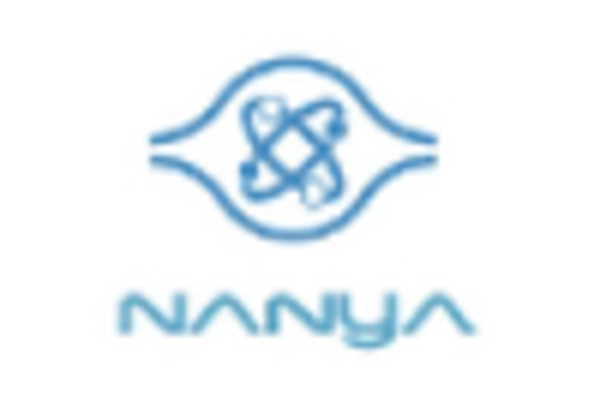
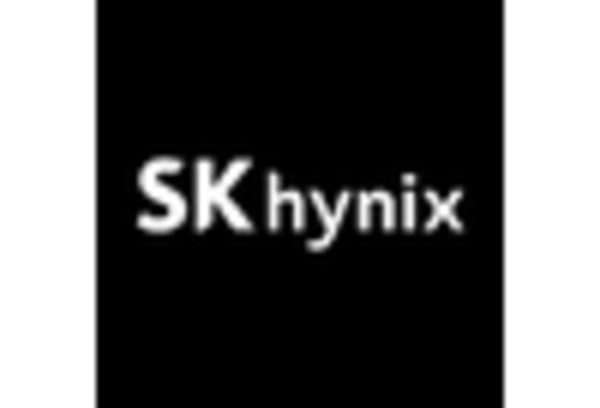

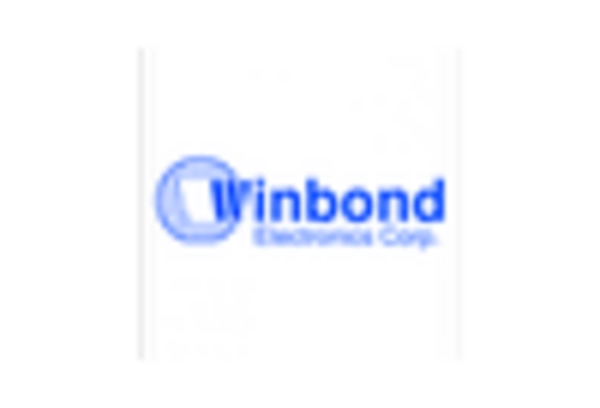








Leave a Comment